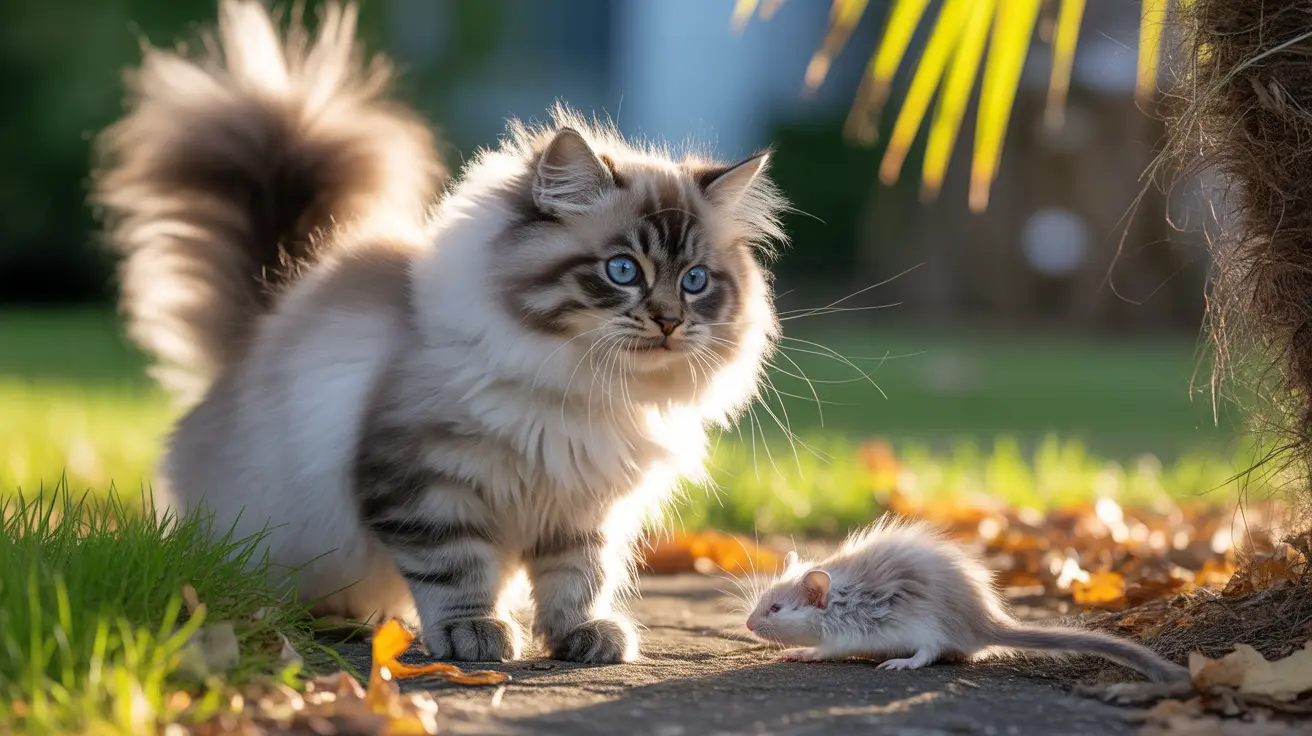How Short Should You Cut Your Dog’s Nails?
Trimming your dog's nails is more than a cosmetic task—it's an essential part of their health and comfort. If you’ve ever wondered just how short those nails should be, you’re not alone. Many pet owners worry about cutting too much or too little, especially with squirmy pups or dark-colored claws.
Why Nail Length Matters
Letting your dog’s nails grow too long can cause discomfort, affect posture, and even lead to injury. Nails that touch the ground can change how your dog walks, put stress on joints, and snag on surfaces (which nobody wants). For senior dogs or those who love agility, keeping nails short supports mobility and reduces joint stress.
How to Tell When It’s Time for a Trim
- If you hear clicking sounds when your dog walks on hard floors, it’s likely time for a trim.
- Nails that touch or curve toward the ground are too long.
- Dewclaws (the thumb-like nail higher up) need checking too—they don’t wear down naturally and can grow into the paw pad if ignored.
Most dogs benefit from monthly trims, but less active pups or those who don’t walk on pavement may need it every three weeks. Dogs that spend lots of time on concrete might go longer between trims since hard surfaces naturally file down their nails.
The Anatomy: Understanding the Quick
The quick is the soft cuticle inside each nail containing nerves and blood vessels. In light-colored nails, it appears as a pink center; in black nails, it’s harder to spot. Cutting into the quick hurts and causes bleeding—so aim to stay clear by about 2–3 mm for visible quicks.
- Light Nails: The quick is visible; trim just before reaching it.
- Dark Nails: Trim only tiny amounts (1–2 mm) at a time. Look for a pale or soft point in the center of the nail as you get close to the quick.
If unsure, stop once you encounter resistance or see a different texture at the center of the nail tip. For black nails, check underneath—the raised area often marks where the quick starts.
The Right Technique: Tools and Tips
- Clippers: Guillotine style has a hole for the nail; scissor style works like regular scissors. Both are fine—choose what feels comfortable for you and your dog.
- Grinders: These smooth out rough edges and reduce risk of hitting the quick but require patience (and extra caution with long-haired dogs).
No matter your tool, take off small bits at a time—especially if your dog’s nails are overgrown. Trying to cut too much at once can hurt your pet and make them fearful of future trims.
Avoiding Accidents: What If You Hit the Quick?
If you accidentally cut into the quick and cause bleeding, don’t panic! Use styptic powder, flour, or cornstarch to stop bleeding quickly. Keep things calm—offer treats during and after trimming sessions so your dog associates nail care with positive experiences.
Mistakes Happen: How to Make Trims Easier Over Time
- Start early—puppies who get used to trims are easier to handle as adults.
- If your dog is nervous, try trimming one nail per session at first. Gradually increase as they become more tolerant.
- Use distractions like peanut butter smeared on a wall to keep them occupied while you work.
- If anxiety persists, ask your vet about mild sedatives for especially stressful trims.
The key is consistency: with daily effort over several weeks (and plenty of rewards), most dogs will eventually allow all their nails trimmed in one sitting.
The Quick Can Recede—With Patience
If your dog's nails are very long and so is the quick, don't try to cut them super short in one go. Instead, trim every 1–2 weeks; this encourages the quick to recede gradually over time. After several sessions, you'll be able to keep their nails shorter without pain or bleeding risks.
Nail Trimming Safety Checklist
- Have styptic powder handy before starting (just in case).
- Ask someone to help hold or distract your dog if needed.
- Smooth sharp edges with a file or grinder after clipping.
- Avoid trimming when rushed—go at your dog's pace!
If you're ever unsure—or if bleeding doesn’t stop after several minutes—contact your veterinarian for advice. Regular maintenance means happier paws and healthier walks together!





